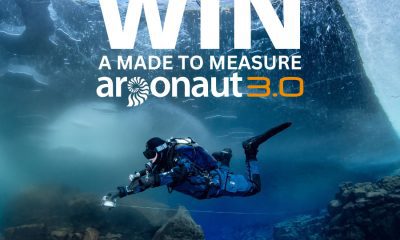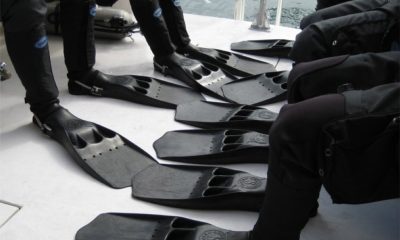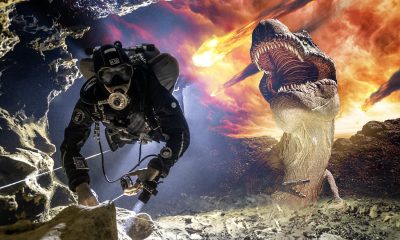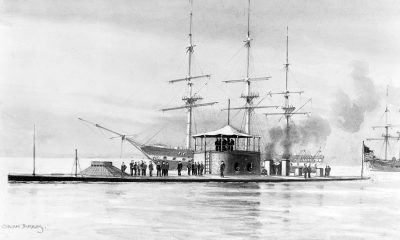Equipment
It Came From Inner Space: Introducing the new HALO AºR
MAY 2022 | Press Release
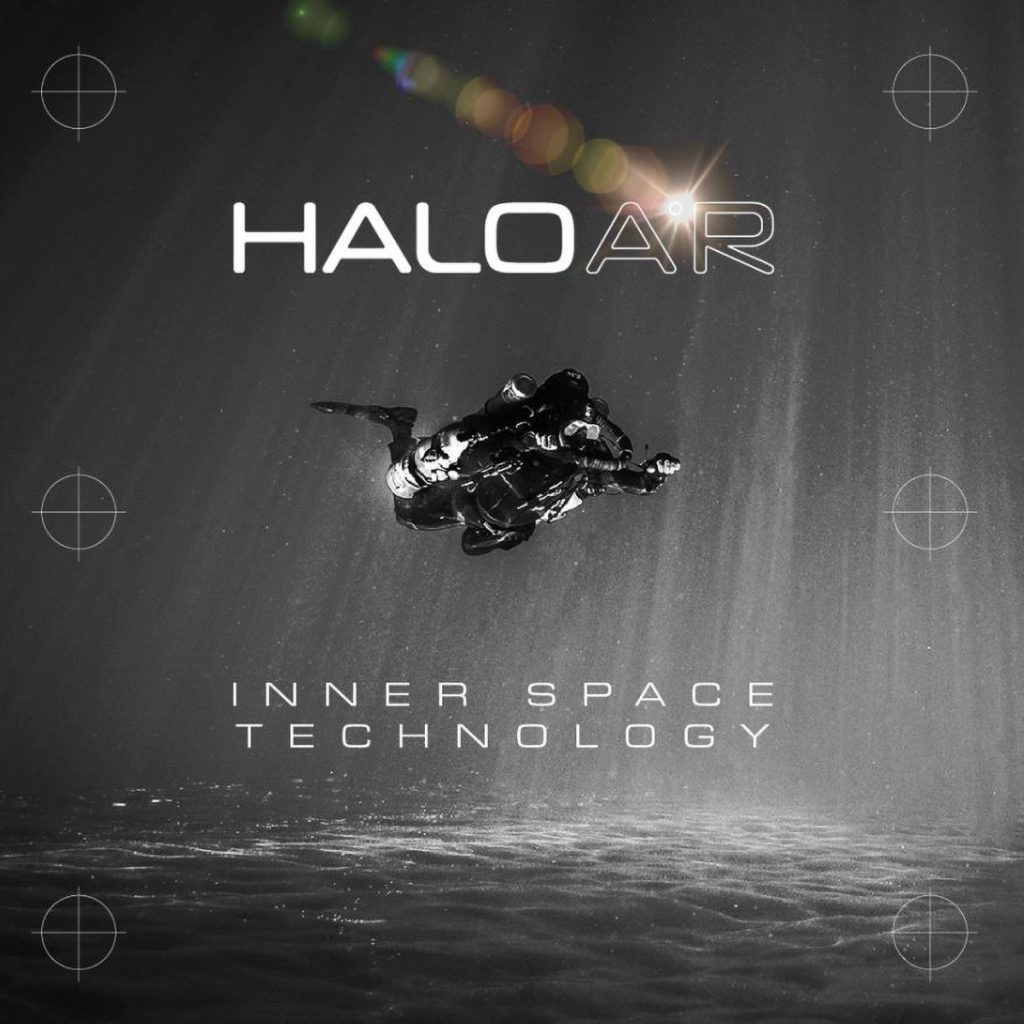
Over a decade in the making, Fourth Element is ready to introduce their brand new undersuit, Halo A°R.
Incorporating highly advanced thermal technology and one of the most insulating materials ever developed, the HALO A°R’s performance exceeds expectations of any diving undersuit.
Using technology originally created for space exploration and cryogenics, the HALO A°R features the extreme insulation material A°RGON™ aerogel in a compression resistant matrix.
What is A°RGON™?
A°RGON™ is a form of Aerogel developed for insulation in space crafts and cryogenics due to its superior insulation properties. Traditionally this material is created by removing the liquid from a gel and replacing it with air, which creates a lightweight, hollow and flexible structure. When we tested it more than 10 years ago it crushed and disintegrated. A°RGON™ is a foam embedded version of this which allows it to function in a diving context.
With phenomenal insulation properties, this material enables the HALO A°R to achieve extreme thermal protection from a thinner, less buoyant diving undersuit. With a wind and water-repellent stretch outer layer, comfortable thumb loops and foot stirrups, this is a garment which can be worn in total comfort, all day.
Fourth Element Director, Jim Standing said, “Building on fourth element’s experience in thermal protection and bodymapping, we have extensively assessed the HALO A°R with thermal imaging cameras to improve and modify prototypes. It’s been a long process to get this right, but what we have now is the most advanced technology you’ll find on the market.”
The offset chest zip and baffles ensure that heat lost from the torso is minimised when in horizontal trim. All the body from shoulders to knees is protected by a layer of A°RGON™, while other critical areas also benefit from this enhanced insulation without compromising mobility or creating bulk.
Routing a valve in this diving undersuit is as simple as adjusting the two-way zipper in the fly and a zippered pocket provides a secure place to store keys, credit cards and cash.
The undersuit retails at £449 GBP / €539 EUR and is available in sizes S – XL.
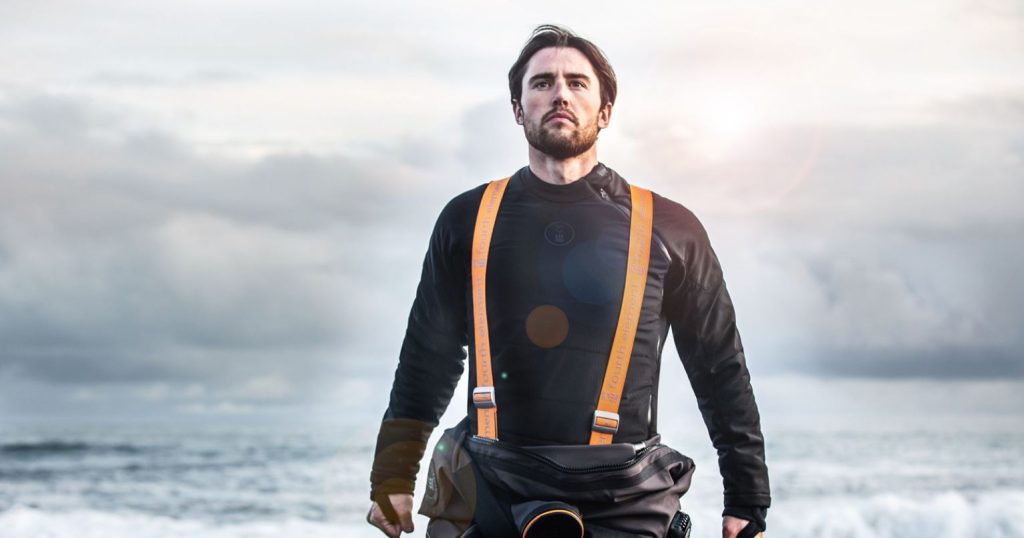
Features
- A°RGON™ – extreme performance thermal insulation
- Bodymapped thermal protection
- High performance low bulk
- Optimised for horizontal trim
- P-valve ready
- Exceptional warmth
- Water-repellent outer layer
- All-way stretch fabric for snug fit
- Machine washable
www.fourthelement.com

